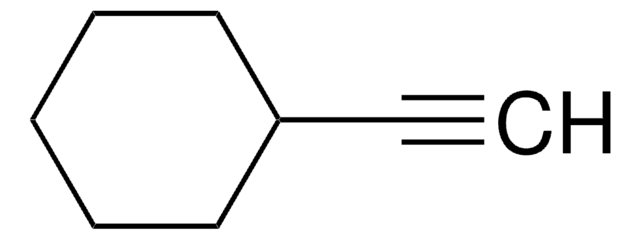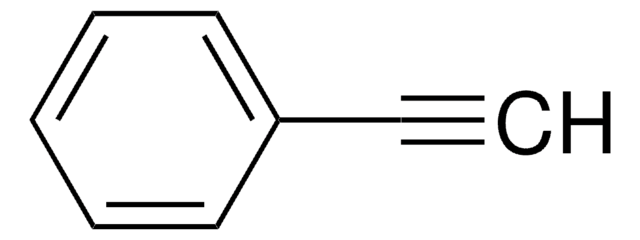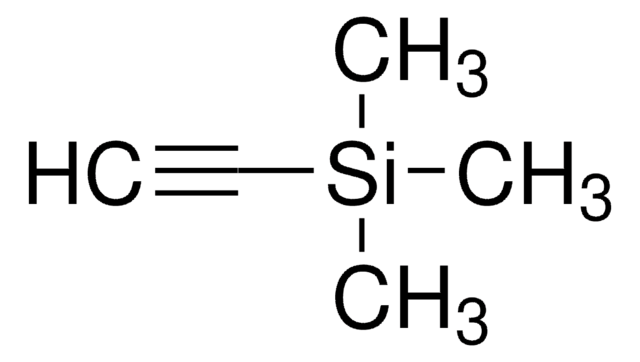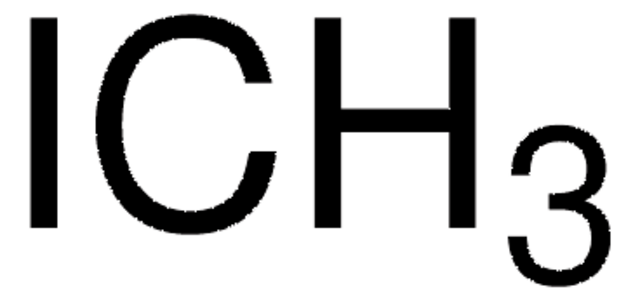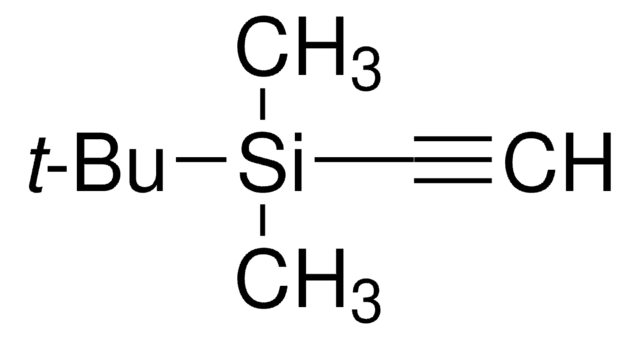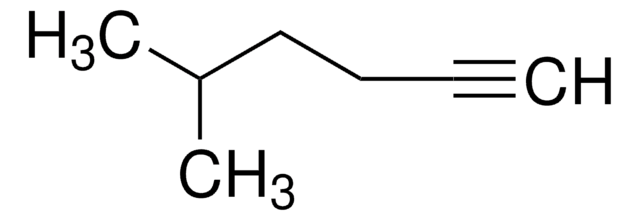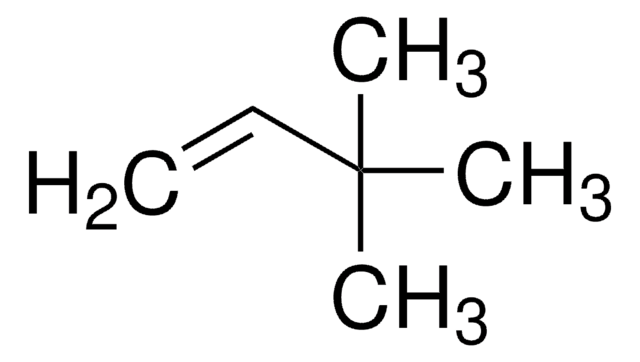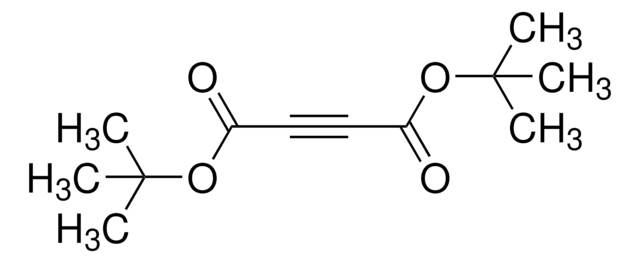244392
3,3-Dimethyl-1-butyne
98%
Sinónimos:
tert-Butylacetylene
Iniciar sesiónpara Ver la Fijación de precios por contrato y de la organización
About This Item
Fórmula lineal:
(CH3)3CC≡CH
Número de CAS:
Peso molecular:
82.14
Beilstein:
1697100
Número CE:
Número MDL:
Código UNSPSC:
12352100
ID de la sustancia en PubChem:
NACRES:
NA.22
Productos recomendados
presión de vapor
7.88 psi ( 20 °C)
Nivel de calidad
Ensayo
98%
Formulario
liquid
índice de refracción
n20/D 1.374 (lit.)
bp
37-38 °C (lit.)
mp
−78 °C (lit.)
densidad
0.667 g/mL at 25 °C (lit.)
temp. de almacenamiento
2-8°C
cadena SMILES
CC(C)(C)C#C
InChI
1S/C6H10/c1-5-6(2,3)4/h1H,2-4H3
Clave InChI
PPWNCLVNXGCGAF-UHFFFAOYSA-N
¿Está buscando productos similares? Visita Guía de comparación de productos
Categorías relacionadas
Aplicación
3,3-Dimethyl-1-butyne was used in the synthesis of erythro and threo isomers of B-(3,3-dimethyl-1,2-dideuterio-1-butyl)-9-BBN by hydroboration-deuteronolysis-hydroboration sequence.
Para utilizar con
Referencia del producto
Descripción
Precios
Palabra de señalización
Danger
Frases de peligro
Consejos de prudencia
Clasificaciones de peligro
Aquatic Chronic 3 - Flam. Liq. 2
Código de clase de almacenamiento
3 - Flammable liquids
Clase de riesgo para el agua (WGK)
WGK 2
Punto de inflamabilidad (°F)
-21.1 °F
Punto de inflamabilidad (°C)
-29.5 °C
Equipo de protección personal
Eyeshields, Faceshields, Gloves
Elija entre una de las versiones más recientes:
¿Ya tiene este producto?
Encuentre la documentación para los productos que ha comprado recientemente en la Biblioteca de documentos.
Los clientes también vieron
Karl Matos et al.
The Journal of organic chemistry, 63(3), 461-470 (2001-10-24)
Both erythro and threo isomers of B-(3,3-dimethyl-1,2-dideuterio-1-butyl)-9-BBN (6) were prepared from 3,3-dimethyl-1-butyne (4) through a hydroboration-deuteronolysis-hydroboration sequence employing first 9-BBN-H and then 9-BBN-D, or in reverse order, respectively. Employing the Whitesides protocol, the stereochemistry of B --> Pd alkyl group
E Fontana et al.
Current drug metabolism, 6(5), 413-454 (2005-10-27)
The inhibition of human cytochrome P450s (CYPs) is one of the most common mechanisms which can lead to drug-drug interactions. The inhibition of CYPs can be reversible (competitive or non-competitive) or irreversible. Irreversible inhibition usually derives from activation of a
Nuestro equipo de científicos tiene experiencia en todas las áreas de investigación: Ciencias de la vida, Ciencia de los materiales, Síntesis química, Cromatografía, Analítica y muchas otras.
Póngase en contacto con el Servicio técnico